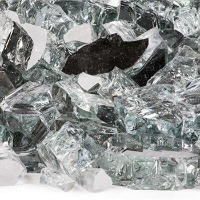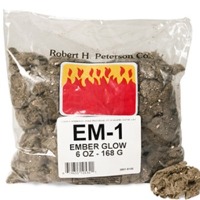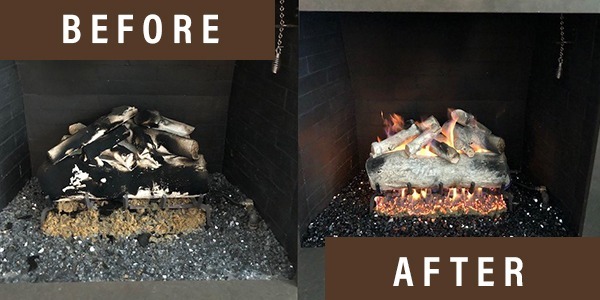|
Gas Log Cleaning Although propane and natural gas are clean burning fuels, your gas log set will still need a good cleaning! Dust, dirt or pet debris can dull the appearance and diminish your fireplace's function over time. It is recommended that a gas log set gets refurbished every 2-3 years for maximum performance. With a little motivation and the right products, your gas fireplace will look like new in no time! You will need the following products:
10-Pound Bag of Fire Glass or Lava RockFire Glass or Lava Rock are available in a variety of sizes and colors and allow for a customized look. They can also hold and radiate heat longer. Buy Now
1 Bag of EmbersReal Fyre Ember Glow is the perfect way to add a realistic touch to any log set. Embers create the appearance of red-hot coals on the base of the fire. Buy NowCleaning
InspectionInspect the gas connection. In addition to the gas log cleaning, it is vital to inspect all components. Check the wiring for any visible kinks. Additionally, take a moment to ensure all connections are tight. In compliance with most manufacturer warranties, it is suggested that all essential components be inspected by a certified professional. This includes the pilot, gas valve, thermocouple/thermopile, burners and wiring. A technician can also verify that your gas fireplace is properly vented. ReassemblyLastly, reassemble your fireplace. If your unit contains a remote control, be sure to replace the batteries. Using the manual as a guide, replace the burner, sand (or vermiculite), glass/lava rock and embers. Again, while consulting the manual (or referencing the photos from earlier), arrange the newly leaned logs in their proper places. Once all components are returned to their proper locations, you may turn the gas back on. 
QUICK TIP: Always refer to your user manual for each step. If you do not have it readily available, most can be easily located on the manufacturer's website or with a quick internet search. Still have questions? Contact our team- we're here to help! |
